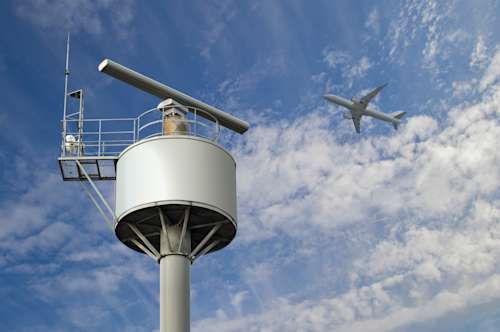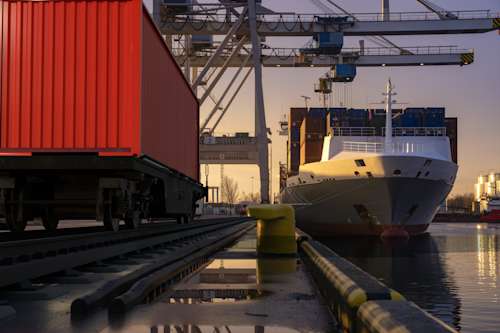A very bright light has been cast on the Toy Industry over the last ten years. After a rash of toy recalls hit the news, including the largest toy recall in history (19 million Chinese-made toys recalled by Mattel in 2007), national standards have undergone some impressive regulatory updates meant to add more teeth to legislation against the manufacture and distribution of toy products with hazardous properties.
In this new era of regulation, Canada is a prominent example.
Toys and children’s products that are manufactured, imported, sold or advertised in Canada are regulated by the Canadian Toy Regulations, along with other applicable regulations (i.e. rules on phthalates and textile flammability). These regulations fall under the control of the Canadian Consumer Product Safety Act (CCPSA), established in 2011, with the underlying focus on health and safety for children and caregivers.
The Toy Regulations document lays out mandatory safety requirements in the form of Statutory Order and Regulations (SORs) to protect consumers against a wide range of hazards: mechanical, flammability, toxicological, electrical, thermal or other. It was further updated and expanded in 2016.
Much of the language and timing of the Toy Regulations parallel a much broader, global movement towards stricter, more uniform regulations and testing requirements that utilize input from industry leaders, consumer advocate groups, children’s organizations and standards development organizations.
Raising Expectations
While the Toy Regulations establish mandatory requirements for toy production, import and sale, the document places responsibility squarely on the toy company to establish and maintain compliance.
Toy companies are responsible for:
Conformance Testing - either by industry members or a third-party toy testing laboratory.
Maintaining Records - including the name and address of the manufacturer, where the product was sold and batch coding details for traceability.
Mandatory Reporting - in the event of a health/safety incident or product recall, the manufacturer, importer or seller is responsible for contacting Health Canada and the company of the product’s origin within two days of the incident and follow up with a full incident report within 10 days.
In several instances, the regulation does not mandate a particular safety measure, but explicitly recommends performing the respective measure as part of responsible practice.
As an example, in terms of labeling for toys, certain requirements are mandatory, including labelling on flexible film bags for suffocation hazards, safety labels for electric toys and toys with potentially hazardous chemicals.
However, neither age-appropriate labeling, nor warning labels for choking hazards are required. Instead, they are “strongly encouraged” by the CCPSA. The central approach of Toy Regulations is to convey to all toy companies what’s expected of them.
Need more information?
By contacting QIMA you agree to our privacy policy and terms and conditions.
Coordinating Regulation Efforts With the United States
Times are moving towards a harmonized approach to international regulatory standards, and an undeniable example of this is the establishment of the US-Canada Regulatory Cooperation Council (RCC), also established in 2011.
The RCC’s goal is to minimize regulatory differences between the two countries to bolster better business practices while still maintaining strong consumer and environmental protection measures.
Since the Council’s inception, the two countries have successfully collaborated on legal enforcement against non-compliance. In 2015-2016, Canada’s Consumer Product Safety Program (CPSP) and the US CPSC posted 114 joint recalls, nearly 50% more than was posted in 2014-2015.
Of those 114 joint recalls, children’s toys accounted for 18%.
Product Testing to Match International Expectations
As toys can be represented by a wide variety of products, they also require a variety of safety tests based on their particular properties. In Canada, Safety Laboratory Method M01.1 measures potential mechanical hazards in toys based on “Reasonably Foreseeable Usage”. These tests include drop test and push/pull test procedures.
While this directive stipulates that these procedures are valid in a general way, it also stresses that a company should consider further testing measures based on the individual properties of the product and the most likely conditions it will face in the hands of children--like additional “wear and tear” tests for flexure, torque, compression and seam strength tests.
Before any finished toy product makes its way to market, the general public--not just regulatory agencies--will expect that your product has been thoroughly tested, and manufactured with every available resource to ensure it will cause no harm.
QIMA Lab Testing and Inspection services offer testing expertise and integrity-driven results, giving you evidence to back all of your toy safety claims. As market standards, driven by new demands for health and safety protection, are moving into the age of international unification, QIMA's recognizes these changes and can help your product match expectation with satisfaction.
Easily Schedule Your Toy Tests Online
Our online platform and mobile application make it easy for you to schedule Toys and Recreational Item testing, and receive your results at any time. Book new tests, view pending orders, and access results from your mobile device. Our online platform provides valuable supply chain insights, including a summary of your QC activity, all of your supplier’s quality stats, industry benchmarking data, and more.
Get Started: Login or Create Your Account
QIMA Benefits
Global coverage in over 100 countries in Asia, Africa, Europe, North and South America.
Flexibility with fully customizable programs and reports to save time and cost.
Risk-based approach with analytical data to help you proactively identify and prevent quality and safety issues in your supply chain.
Fully certified and accredited to all major inspection, audit, and testing schemes.
Custom dashboard to identify trends and make informed decisions in real time.
Personalized service with dedicated account manager and 24-hour customer support.
Ranked #1 in the industry for customer satisfaction based on independent NPS measurement.




